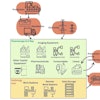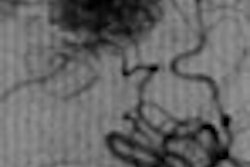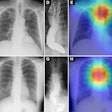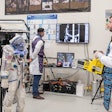Dear Cardiac Insider,
Proponents of coronary CT angiography (CTA) might see their scanners as a one-stop cardiac convenience store -- a great place to look for stenoses, calcifications, congenital defects -- even functional abnormalities. But is it all that and a bag of chips?
In other words, can 64-slice CTA replace angiography and myocardial perfusion imaging for predicting myocardial perfusion defects? Can it answer all the relevant questions about cardiac perfusion and the significance of stenoses?
Plenty of researchers are working on these very questions, of course, but what better way to find out than comparing CTA with other gold-standard imaging exams in the same patients? In a study that reveals new insights about CTA, researchers from the Medical University of South Carolina in Charleston examined a small group of patients with CTA, catheter-based angiography, and SPECT myocardial perfusion imaging.
See what they found in this issue's Insider Exclusive story, brought to our cardiac imaging subscribers before anyone else can see it.
There's much more, of course, in our Cardiac Imaging Digital Community. Another study, from South Carolina and a team from Germany, compared single- and two-segment reconstruction in patients undergoing coronary CTA. Image quality improved, particularly among patients with faster heart rates, but overall accuracy in the cohort did not, the authors reported.
Dobutamine gets a workout in this issue as well. Researchers from Groningen, Netherlands, used it with cardiac MR (CMR) to examine patients with idiopathic dilated cardiomyopathy, who were treated with beta-blockers over the course of a year. Dobutamine CMR documented the complete clinical turnabout in many of the patients, as you can see in the video sequences we've included in the story.
Meanwhile, researchers from Milan found that identifying myocardial ischemia with dobutamine stress echo is useful in predicting cardiac events in asymptomatic diabetic patients with no history of coronary artery disease.
CT got another boost, in the form of an experimental nanoparticle contrast agent. The new agent reliably marked macrophages in the coronary arteries of rabbits, thereby identifying atherosclerotic plaque at the greatest risk of rupture. And human trials are set to begin.
You'll find all these stories and more in your Cardiac Imaging Digital Community.



















